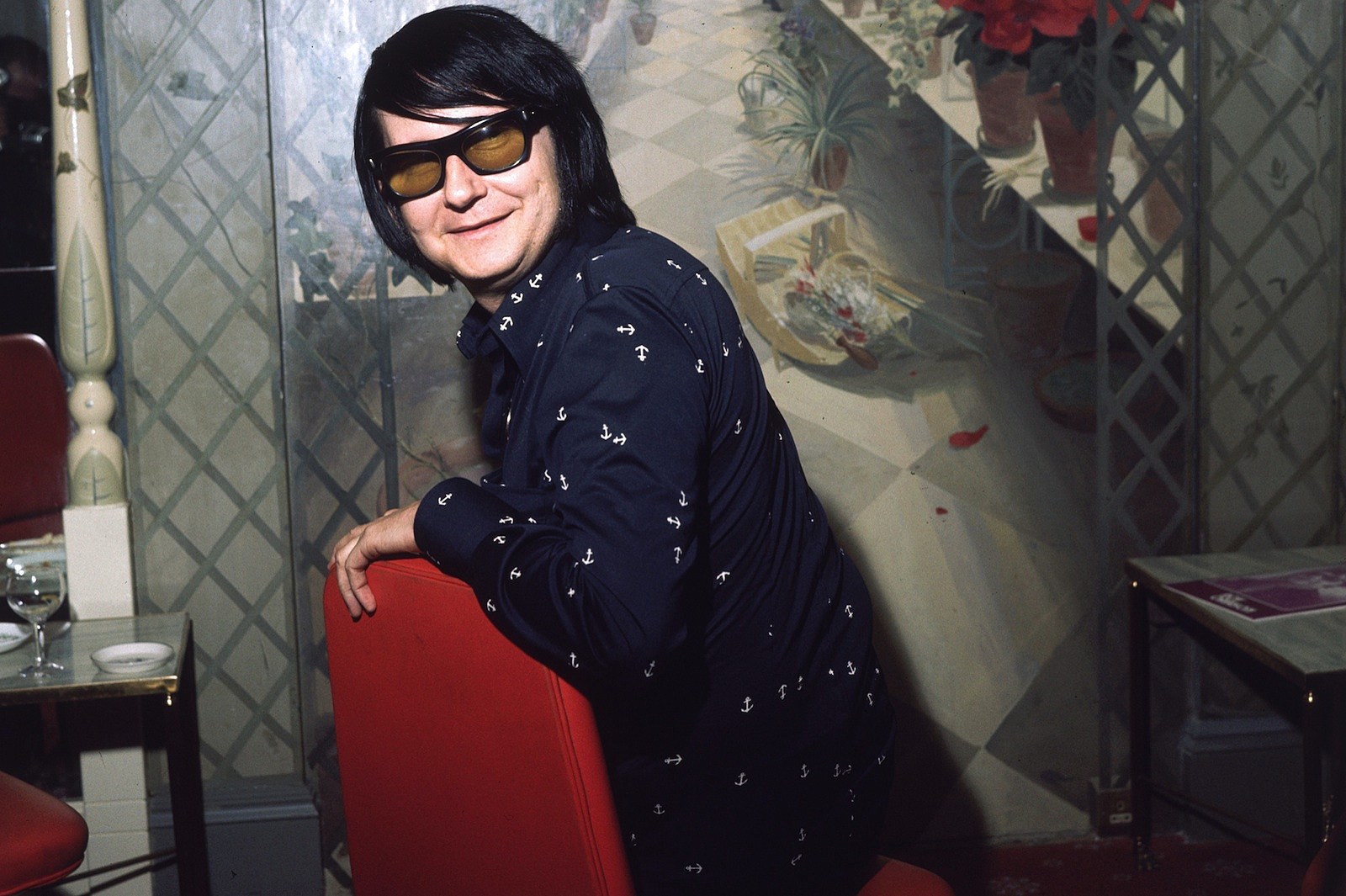
Roy Orbison was a legendary American singer, songwriter, and musician who left an indelible mark on the music industry. His distinct voice, emotional performances, and timeless hits continue to captivate audiences to this day. In this article, we will delve into 20 fascinating facts about the life and career of Roy Orbison. From his early struggles to his meteoric rise to fame, there are many intriguing aspects of Orbison’s journey that have shaped him into the iconic figure he is remembered as. Whether you are a die-hard fan or just discovering his music, these facts will provide a deeper insight into the man behind the music. So, let’s embark on a journey through the life of Roy Orbison and discover what made him one of the greatest musicians of all time.
Key Takeaways:
- Roy Orbison was a legendary singer with a unique voice and iconic look, known for hit songs like “Oh, Pretty Woman” and “Crying.”
- Despite personal tragedies, Orbison’s music continues to inspire and resonate with fans worldwide, leaving behind an immeasurable legacy in the music world.
Roy Orbison was born on April 23, 1936, in Vernon, Texas.
Known for his distinctive voice and dark sunglasses, Roy Orbison was a legendary American singer, songwriter, and musician.
He had a successful career as a solo artist.
Roy Orbison released numerous hit songs throughout his career, including “Oh, Pretty Woman,” “Crying,” and “Only the Lonely.
Orbison’s vocal range was impressive.
His three-octave voice captured the hearts of fans around the world and set him apart from other artists of his time.
He was a member of the supergroup, The Traveling Wilburys.
Roy Orbison joined forces with Bob Dylan, George Harrison, Tom Petty, and Jeff Lynne to form this influential band.
Orbison’s song “Pretty Woman” inspired a famous movie.
The hit song served as the inspiration for the 1990 romantic comedy film of the same name.
He was known for his signature look.
Roy Orbison often performed wearing dark sunglasses, which became an iconic part of his image.
Orbison experienced personal tragedies.
He lost his wife Claudette in a motorcycle accident and two of his children in a house fire, which deeply impacted his life and music.
He was inducted into the Rock and Roll Hall of Fame.
In 1987, Roy Orbison was honored for his contributions to the music industry and his enduring influence on rock and roll.
Orbison had a resurgence in popularity in the late 1980s.
His song “In Dreams” was featured prominently in the film “Blue Velvet,” leading to a renewed interest in his music.
He received a Grammy Lifetime Achievement Award.
In 1998, Roy Orbison was recognized for his outstanding contributions to the recording industry with this prestigious honor.
Orbison’s songs have been covered by numerous artists.
His timeless classics have been reimagined by artists such as Linda Ronstadt, Van Halen, and Don McLean.
He made a successful comeback with the album “Mystery Girl.”
Released posthumously in 1989, the album featured collaborations with artists like Tom Petty, Jeff Lynne, and Bono.
Orbison was a prolific songwriter.
He wrote or co-wrote many of his own songs, showcasing his talent not only as a singer but also as a composer.
He influenced generations of musicians.
Roy Orbison’s unique style and emotional delivery served as inspiration for artists like Bruce Springsteen and Chris Isaak.
Orbison’s music spans various genres.
From rock and roll to country and ballads, his versatile sound appeals to a wide range of listeners.
He had a successful collaboration with k.d. lang.
Their duet “Crying” became a chart-topping hit and demonstrated Orbison’s ability to connect with a new generation of fans.
Orbison was known for his live performances.
His captivating stage presence and powerful vocals made his concerts unforgettable experiences.
He was posthumously awarded a star on the Hollywood Walk of Fame.
In 2010, Roy Orbison received this prestigious recognition for his contributions to the entertainment industry.
Orbison’s songs continue to be cherished by fans worldwide.
Decades after his passing, his music remains timeless and continues to resonate with audiences of all ages.
He left behind a legacy that will always be remembered.
Roy Orbison’s impact on the music world is immeasurable, and his influence will live on for generations to come.
Conclusion
In conclusion, Roy Orbison was a legendary American singer-songwriter who left an indelible mark on the music industry. His powerful and distinctive voice, combined with his unique style and emotional lyrics, captivated audiences around the world. Through his career, Orbison achieved numerous milestones and garnered a dedicated fan base that continues to appreciate his music today.From his humble beginnings in Texas to his rise to fame as one of the pioneers of rock and roll, Orbison’s journey was filled with both triumphs and personal struggles. Despite facing adversity, he remained true to his art and created timeless classics such as “Oh, Pretty Woman,” “Crying,” and “Only the Lonely.”Even after his untimely death in 1988, Roy Orbison’s influence and legacy continue to resonate in the music world. His unique blend of rock, pop, and country genres paved the way for future artists, and his impact can still be felt in today’s music.Roy Orbison will always be remembered as a true icon and a master of his craft. His soulful voice and heartfelt performances touched the hearts of millions, and his songs will continue to be cherished for generations to come.
FAQs
1. When was Roy Orbison born?
Roy Orbison was born on April 23, 1936.
2. What were some of Roy Orbison’s biggest hits?
Some of Roy Orbison’s biggest hits include “Oh, Pretty Woman,” “Crying,” “Only the Lonely,” and “In Dreams.”
3. How did Roy Orbison’s career begin?
Roy Orbison’s career began in the late 1950s with the release of his first singles under Sun Records.
4. What was Roy Orbison’s vocal range?
Roy Orbison had a four-octave vocal range, which contributed to his unique and powerful singing style.
5. Did Roy Orbison receive any awards?
Yes, Roy Orbison received several awards throughout his career, including inductions into the Rock and Roll Hall of Fame and the Nashville Songwriters Hall of Fame.
6. When did Roy Orbison pass away?
Roy Orbison passed away on December 6, 1988.
7. What is Roy Orbison’s lasting legacy?
Roy Orbison’s lasting legacy lies in his influential music and his impact on subsequent generations of musicians. His emotional and melodic style continues to be admired and emulated by artists today.
Was this page helpful?
Our commitment to delivering trustworthy and engaging content is at the heart of what we do. Each fact on our site is contributed by real users like you, bringing a wealth of diverse insights and information. To ensure the highest standards of accuracy and reliability, our dedicated editors meticulously review each submission. This process guarantees that the facts we share are not only fascinating but also credible. Trust in our commitment to quality and authenticity as you explore and learn with us.


